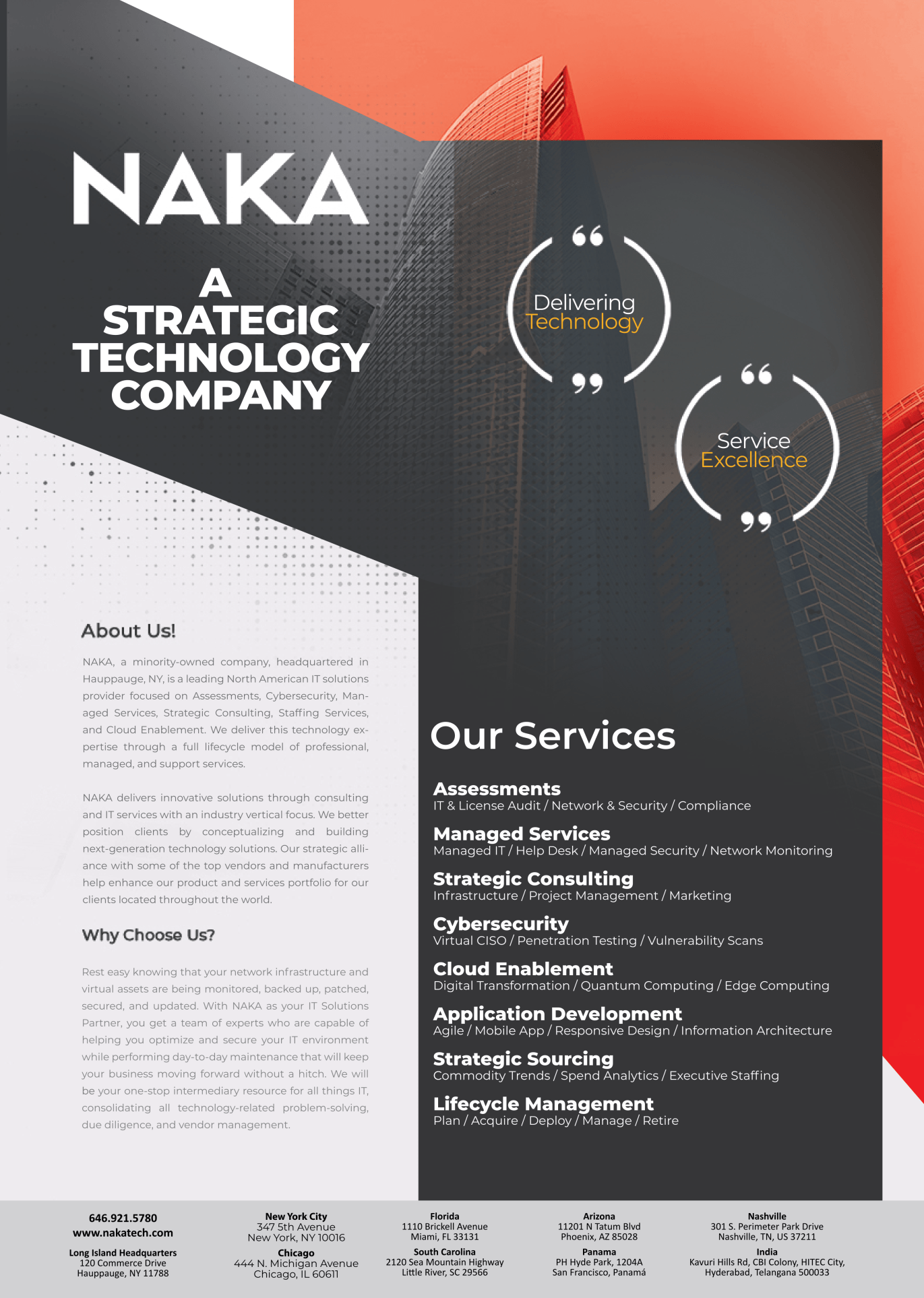What is Managed Cybersecurity?

What is Managed Cybersecurity?
Challenges for cyber-security and their impact intensifies each day. As a result, business Enterprises, whether it’s small or big, are looking for ways to deal with the threads where most of the medium and small-sized business owners need prevention against the vulnerabilities caused by those threads.
According to the Quarter-3, 2020 Nuspire’s Thread report, as learning institutes are going fully virtual due to the pandemic, ransomware attacks are increasing, leading to disruptions and financial losses to institutions worldwide. For example, in the US, EAC (Election Assistance Commission) was spoofed, and victims were redirected to the dummy bogus voter registration webpage to gather critical information about the victim.
What is Managed Cybersecurity
Managed Cybersecurity is a standardized technique to deal with the cyber-security needs of the enterprise successfully. It provides continuous protection to the customers, independent of the platform. Also, it will help customers to save money by securing the critical assets, allocate fewer resources to the process which are less beneficial to the business, and efficiently complete regulatory requirements.
It helps in event monitoring and SOC(security operation center) which can be customized to give the real-time appearance and rectification of security events. Thus, cybersecurity provides the mechanism to secure the endpoints and network and makes the system robust by full-time network incident support with proactive updates and patches.
Overview of Managed Cybersecurity
Managed Cybersecurity is the operational technique by which service providers become effective security platforms and helps in the reduction of TCO(Total cost of ownership) with the increase of the ARPU(average revenue per user) and capitalize the TAM(Total addressable market) for that enterprise.
In short, we can say It utilizes the high-end security operations centers to ensure 24*7 services planned to protect the acceptable security posture. In addition, it assures services like security monitoring, vulnerability management, intrusion detection, emergency response, endpoint detection with response & network maintenance, and upgrades.
How MSP(Managed Service Provider) is different from Managed Cybersecurity Provider :
MSP ensures asset security where IT admins control the essential system & administration of the network. Managed Cybersecurity, on the other hand, ensures the software, hardware, and business system in which IT security specialists provide complete security as well as recovery from threads. MSP deals with patches as well as updates security, and MSSP protects from the new threads and existing malware.
Different types of MSS overview:
- Co-Management in SIEM(Security information and event management): It provides the alliance of the IT in-house team as well as cybersecurity enterprise to perform tasks by combining the circumstantial knowledge and insider’s knowledge from the cybersecurity and in-house team, respectively. It helps the in-house team be completely in the loop with an enterprise team and learn new techniques to investigate the incidents and protect the cloud data. It also helps to drop the noise generated by SIEM.
- MSS for Network architecture maintenance: It includes various small services which are useful for network maintenance. Verification of new security patches, checking and reviewing the status of security reports, provide a recommendation system to recommend future perspectives about security.
- Staff augmentation & in-house cybersecurity services: Due to the unavailability of in-house specialists, cybersecurity enterprises provide the temporary service for the new security tasks and augment in-house staff.
- MSS for thread Alerts and detection: uses SIEM, Intrusion detection system, and some use automation of security incident response. Some MSSP provides a proactive approach for detecting new security threats and monitoring them for the future so that it will not impact company business.
- Security Endpoints for co-management: identification of network undiscovered assets, detection of new security patches, and update or change recommendation for an asset.
Selection criteria for Best MSSP:
- Data protection: Does MSSP understand the need for data protection and how to protect the data, as data protection plays a vital role in the right MSSP selection.
- Domain expertise: How many years of experience and how qualified these cybersecurity professional engineers are in their field.
- Compliance with the changing cybersecurity environment: MSSP can keep you on top if they sustain high standards, change development, and advance technology against new threads.
- Data handling and security: The sensitivity of the company data is of utmost priority. Data storage and how important data is should be conveyed before in-hand to MSSP.
- References and recommendations: pick MSSP based on other recommendations, trust, and have good feedback.
- Incident response Integration: Quick response against the incident is also important. The more time they take, the more data leakage will happen.
- Comprehensive knowledge of offensive security: It is essential to have both offensive and defensive security specialists. The purple team helps in continuous improvement, whereas the red and blue teams simultaneously work to achieve efficient security processes and controls.
- Flexible and fast on-demand deployments: IT companies with different cloud storage have different needs according to their private, public or hybrid virtual infrastructure. Trouble-free deployment with the ability to complete deployment at a fast pace to meet challenging business needs.



